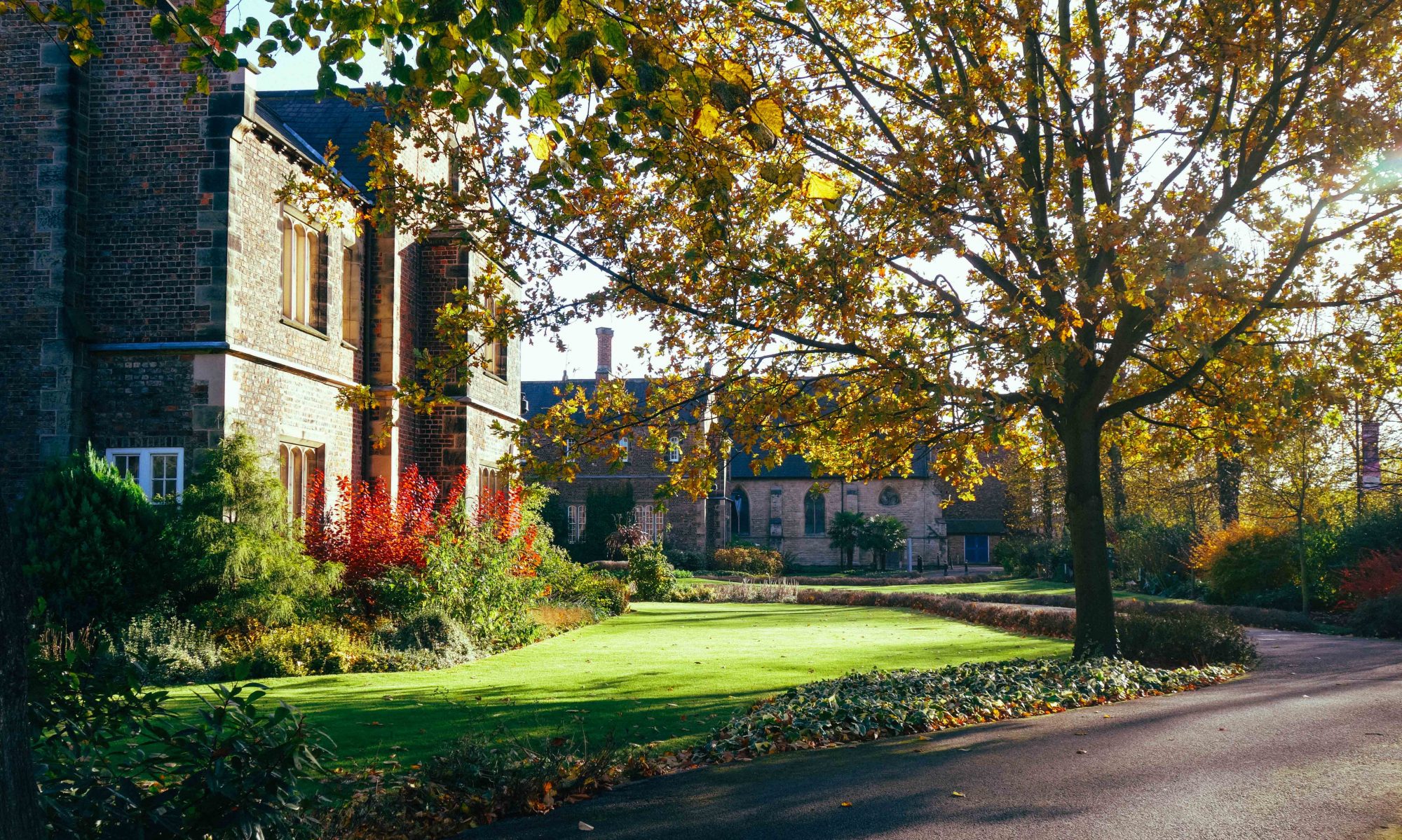Literature in Lockdown is a special blog series in which our students share what they’re reading whilst face-to-face teaching is suspended at YSJU. In our third post, recent YSJLit Graduate (of both our undergraduate and postgraduate Literature programmes!) Nicoletta Peddis shares her experience of reading Kate Atkinson’s Life After Life.
My love for Kate Atkinson goes way back to 2015, my first year as a YSJ Lit student, when we read Behind the Scenes at the Museum. Since then, I’ve read many of her novels, and I’ve fallen in love with her self-reflexive and emotionally intense writing.
I read Life After Life (2013) in my first week of self-isolation, and I found it gripping and fascinating from page 1. As readers and critics, when we get ready to start a new novel, we choose it based on the kind of ‘story’ we fancy reading at that set moment, and that models the expectations we have on the novel itself. Life After Life, with its looping and contrasting storylines and its conflation of happy and unhappy endings, defies our idea of what a ‘story’ should be and our genre expectations. The multiple storylines and endings foreground the seemingly infinite choices a novelist can make when constructing a novel, and invite us to give up our presumptions of what a novel should be, to experience what a novel can be.
Just like Behind the Scenes at the Museum (1995) and A God in Ruins (2015), Life After Life is a family-saga that refuses to be constricted under the family-saga label, and that manages to capture the evolution of family over time, its gaps in communications and its contradictions, and to use them to show the inner workings of fiction. Ursula, the protagonist of the novel, is always foregrounded in her fictionality and at the same time she is always vivid and painfully real in the pages of the novel. And that is the beauty of Atkinson’s writing, the way she manages to playfully expose her novels’ fictionality and at the same to create a deep emotional surface that captures and comforts us readers.
In such difficult and uncertain times, I find books about fiction, and about what fiction can do for us, to be very soothing. ‘What if we had the chance to do it again and again… until we finally get it right?’, asks one of the novel’s characters in the ending. Life After Life is a novel about that chance to get it right, and to me, in this particular moment in time, is also a book about the choices we can make, the chances we still have, and the ones we missed. By leaving the multiple storylines and endings of the novel open, Atkinson creates a liminal space full of possibilities, that feels remarkably like life itself.

